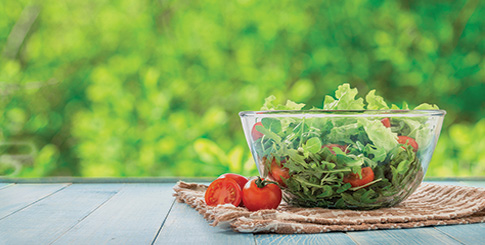Companies are also taking the initiative to build sustainability across their own supply chains. Nunes explains, “all phases of our vertically-integrated family-run business incorporate sustainability.” The company’s efforts are audited by third-party certification, through Sustainably Grown, part of SCS Global Services.
Environmental stewardship and social responsibility are also top of mind at the merging of Salinas and Silicon Valley for this year’s second Forbes AgTech Summit in June, as the brightest minds explore more cutting-edge tech-based solutions and workforce development programs. In the meantime, Salinas businesses continue their own efforts to build resilience to short- and long-term challenges, while prioritizing sustainability.
Keeping Pests and Disease at Bay
Another recurring environmental challenge for growers is damaging pests. The much-discussed and feared Asian citrus psyllid, which has devastated much of Florida’s citrus industry, continues to worry California growers. Though there have been multiple quarantines, none have touched major growing regions for oranges and other citrus fruits.
Better news is the complete eradication of another pest—the European grapevine moth. Although only one moth was found in Salinas in 2010, stringent pest management policies kept the invasive pest from taking hold in the area. A potential wrinkle to future pest management programs could be the recent ban on spraying pesticides near schools, which went into effect in January.
On the disease front, growers are getting a little help from the University of California Cooperative Extension on how to control wilt. A recent study suggests incorporating broccoli into organic strawberry fields every four years may keep wilt at bay and prevent crop damage.
Although the results are preliminary, many organic growers are looking further into crop rotation strategies to prevent diseases as well as pests.
Liquid Currency
Although the topic of water doesn’t carry the same urgency it did a few years ago, there are still hurdles to keeping aquifers full and balancing distribution between municipalities and growers.
Several innovative, sustainable solutions hail from Salinas, as water may be Monterey County’s most precious resource, especially considering its record-breaking multiyear drought.
As such, growers remain vigilant about usage: drip irrigation is now used on 60 percent of the region’s acres and has had a significant impact, while timers and pressure switches also help on nearly 154,000 acres, according to the Monterey County Farm Bureau.



